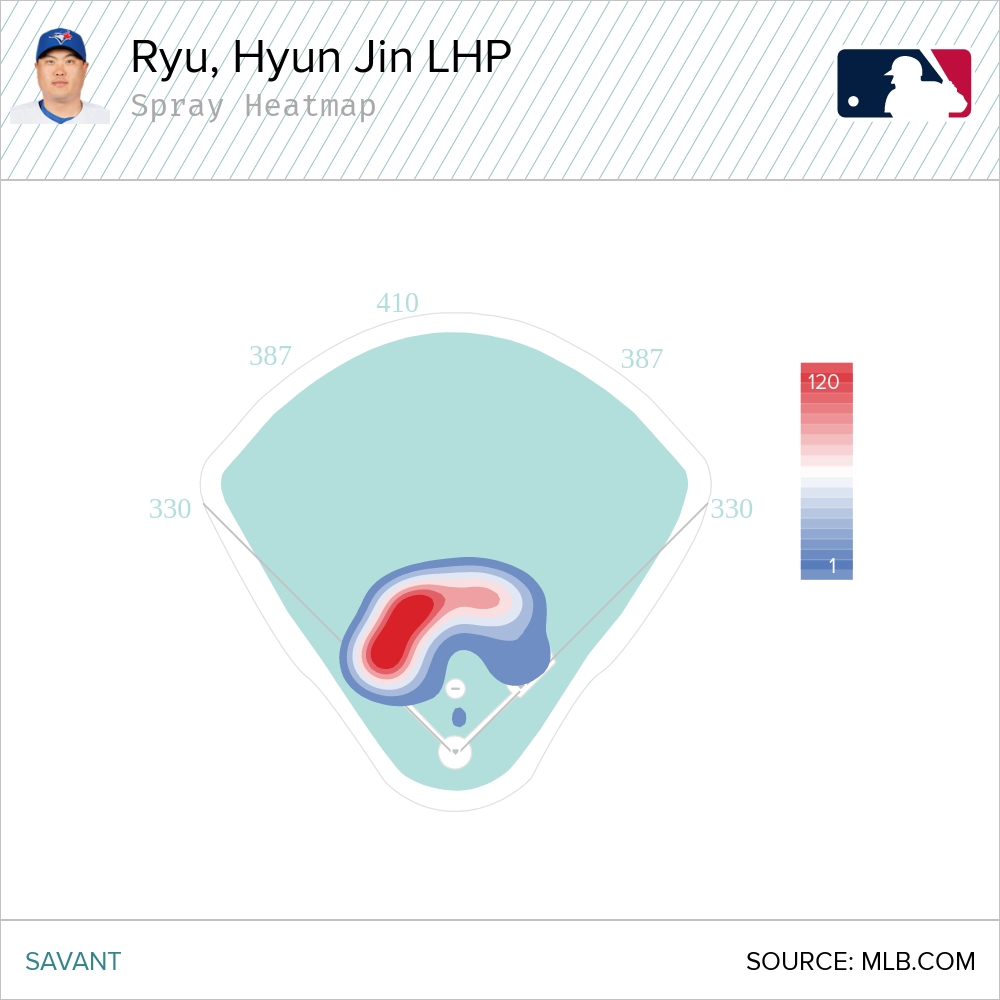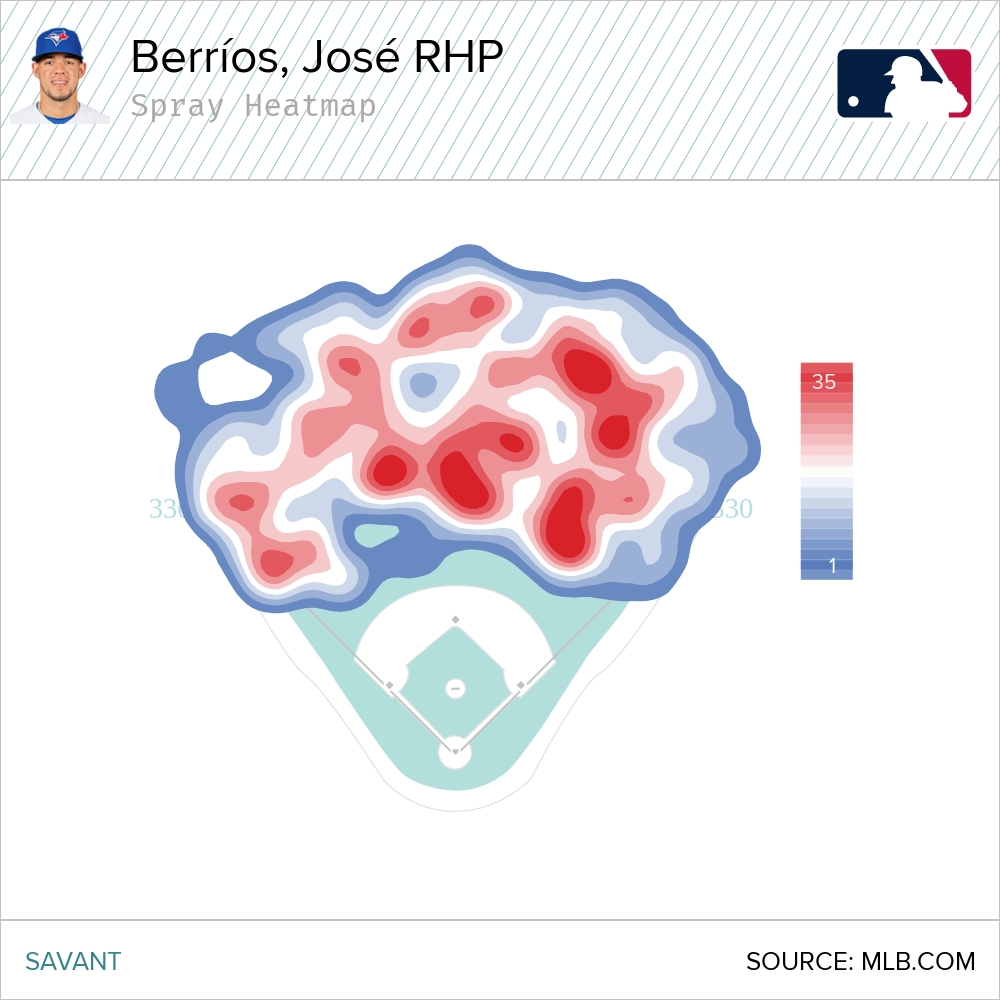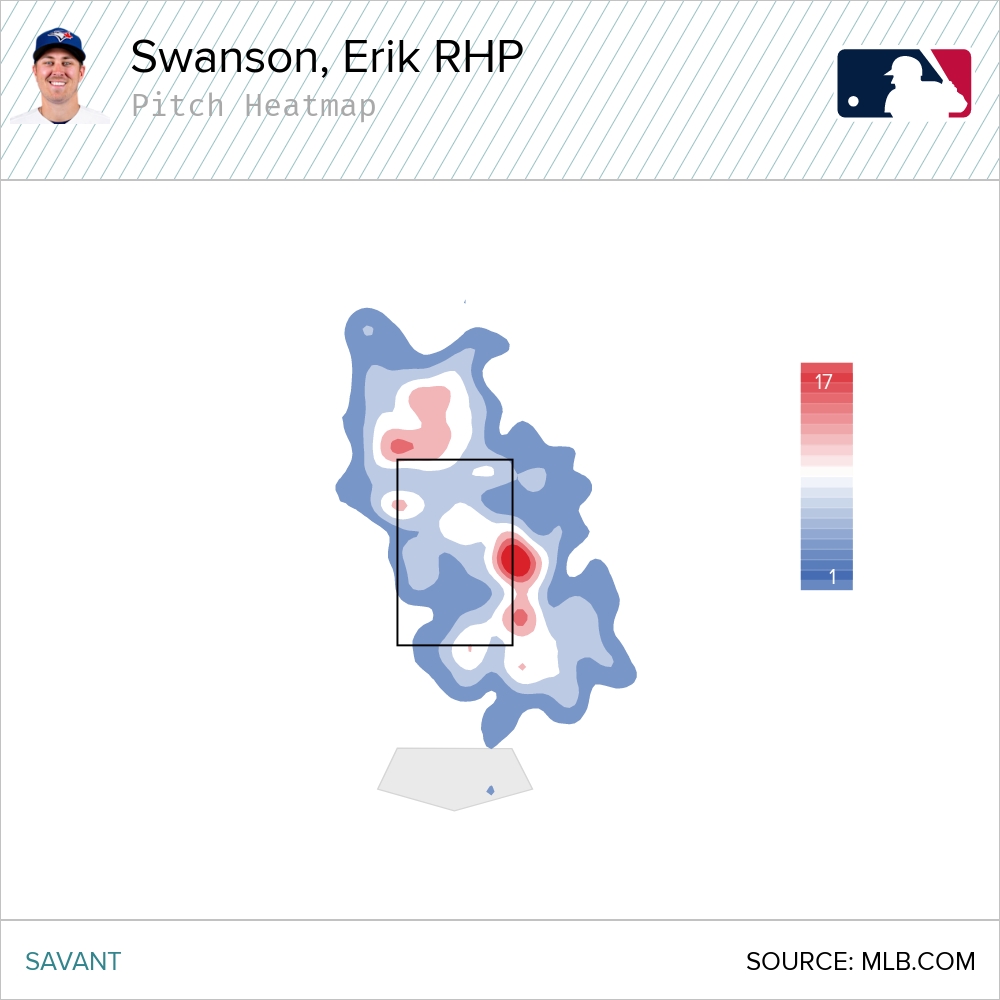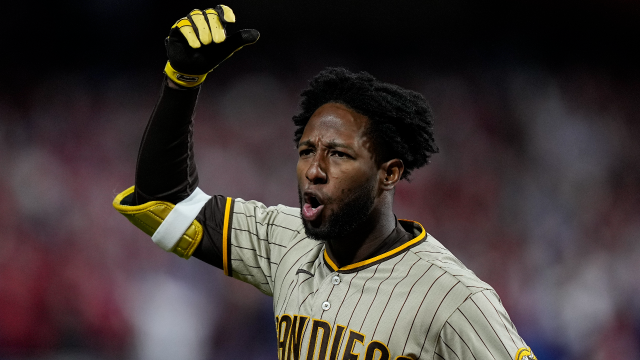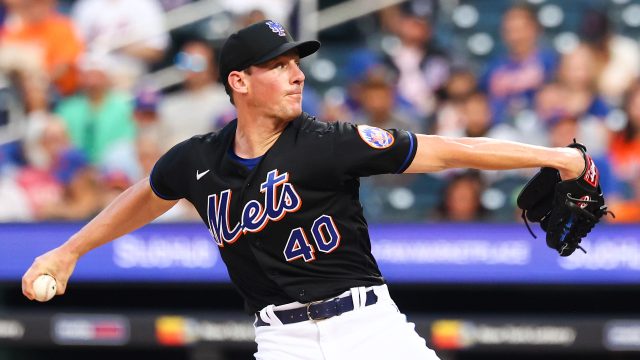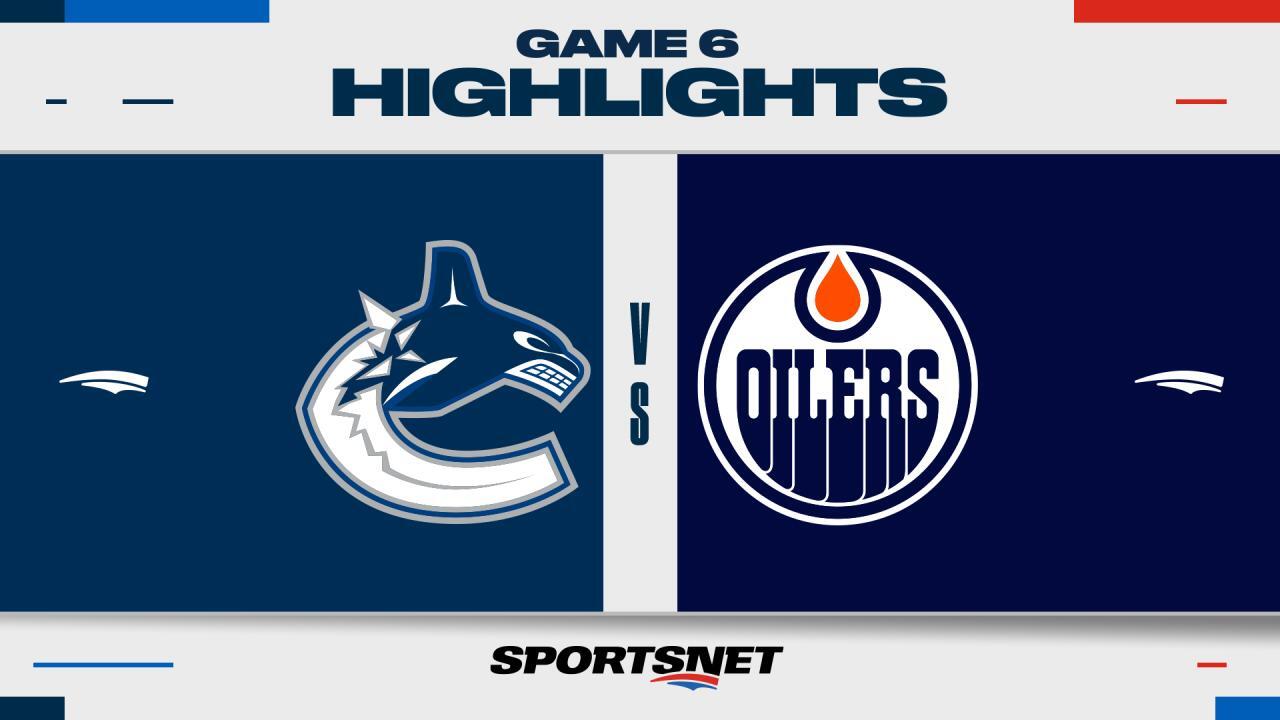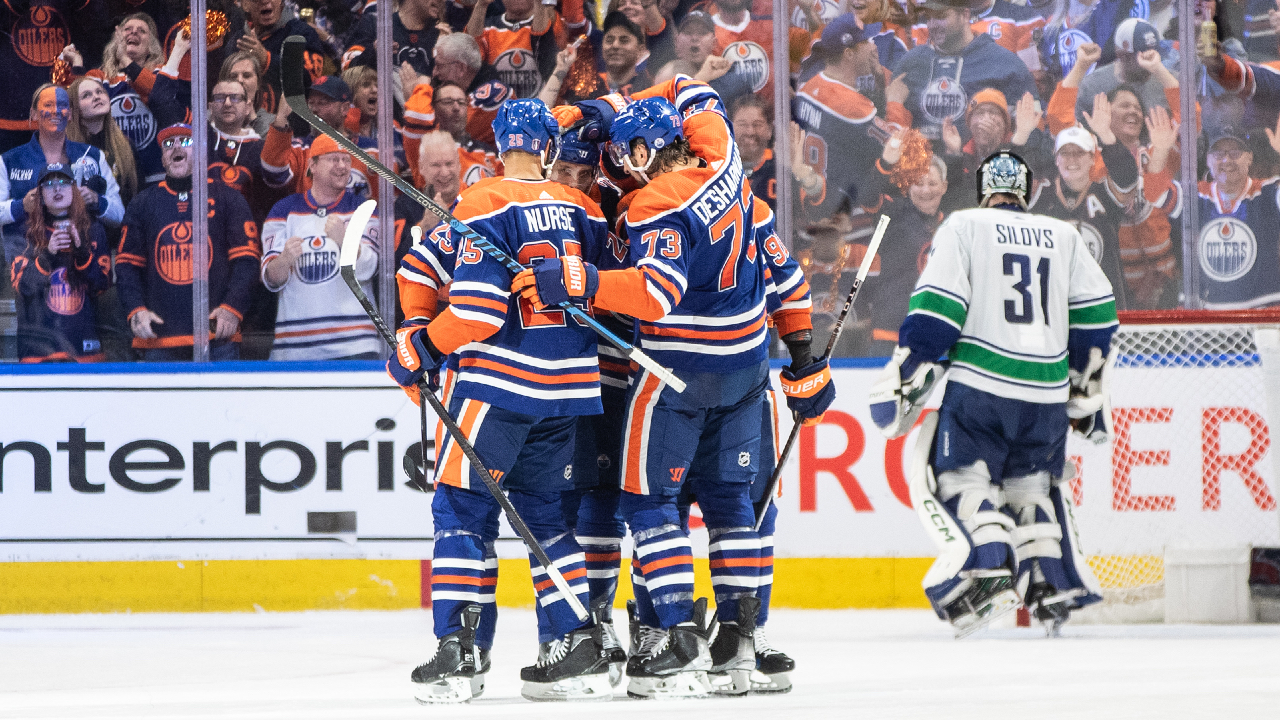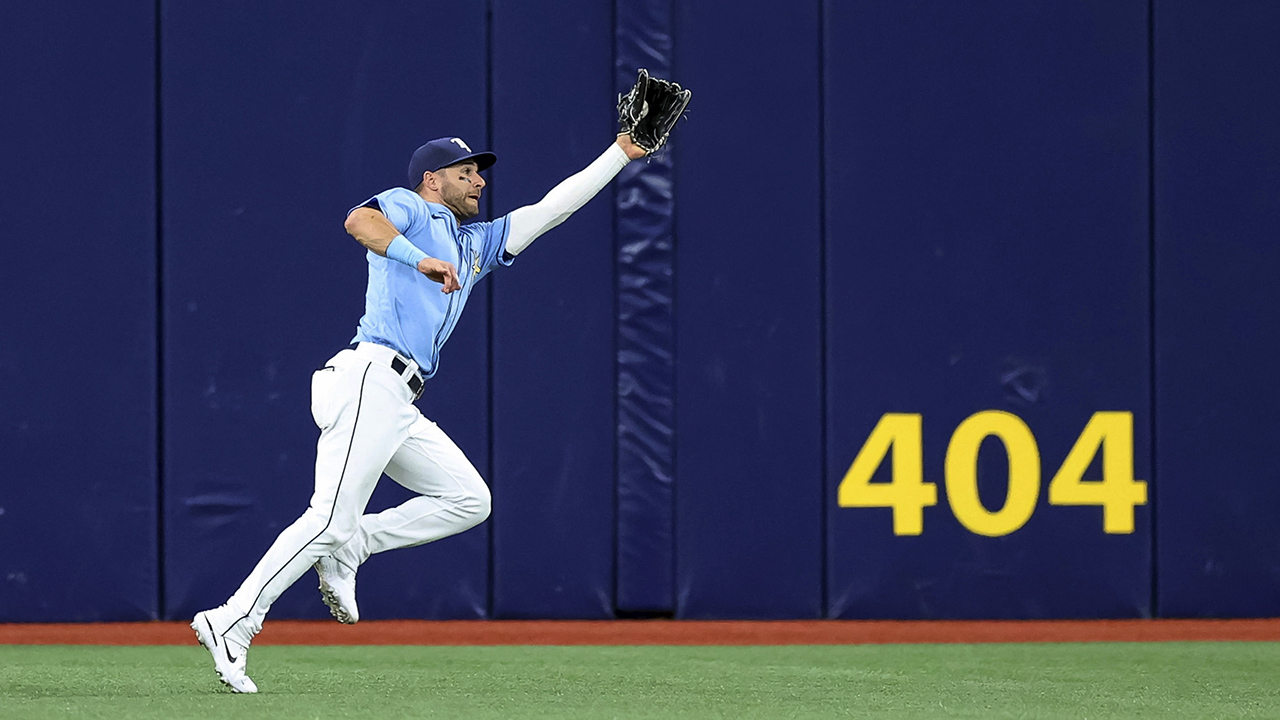
In the context of team sports, there’s no doubt baseball is on the individualistic side.
But just because the game plays out as a series of one-on-one battles it doesn’t mean that team building ignores how players on the same team affect each other’s contributions.
If you acquire an extreme groundball pitcher you need to give consideration to the state of your infield. If you have a surplus of left-handed bats, adding a few well-placed right-handers could help them produce more by scaring opposing managers off of certain pitching moves.
The Toronto Blue Jays provided a concrete example of striving for this kind of synergy last off-season when they added Matt Chapman. At the time, it was theorized, reasonably, that he would be an enormous help to Hyun-Jin Ryu, who famously allowed a ton of grounders to the left side in the previous two seasons:
Unfortunately for Ryu, his 2022 lasted just six starts. Because the Blue Jays didn’t employ another starter with a ground-ball rate significantly above average, it’s tough to judge if Chapman’s glove would’ve served as a force multiplier.
The theory was sound, though. The way players’ skills mesh can meaningfully increase their production. An example of that the Blue Jays saw in 2022 was the way Alejandro Kirk’s framing help enhance the way Alek Manoah attacked hitters — a phenomenon well-covered by Leo Morgernstern at FanGraphs.
This off-season, the Blue Jays have made three significant acquisitions — Chris Bassitt, Kevin Kiermaier, and Erik Swanson — and each’s value will be affected by how their contributions fit with their teammates.
Here’s a look at which Blue Jay could affect each the most:
Chris Bassitt
Most important teammate: Kirk
How they work together: It’s not profound to choose the Blue Jays’ best framing catcher as a key contributor to their new starter’s success, but Bassitt doesn’t have many specific needs.
The right-hander’s platoon splits are virtually non-existent, so there he isn’t likely to see lefty-heavy lineups prone to hitting the ball to a particular side of the field.
Looking at his batted-ball numbers over the last two years, it’s also clear that his profile doesn’t deviate too much from league averages.
|
Comparison |
Groundball % |
Flyball % |
Line Drive % |
Pull % |
Centre % |
Opposite % |
|
MLB Average |
42.9% |
36.9% |
20.2% |
40.3% |
34.9% |
24.8% |
|
Bassitt |
45.6% |
35.9% |
18.4% |
37.0% |
34.6% |
28.4% |
Bassitt is a little more groundball-heavy and a touch harder to square up than average, but it’s not drastic.
In 2022 his grounders shot up, but that was largely driven by a massive launch angle decline on four-seamers despite the fact he threw them higher than ever. It looks more like small-sample wonkiness than a trend, but it will be worth monitoring.
So, if we’re assuming his batted balls are fairly run-of-the-mill — at least in terms of type and location — that leaves us with his batterymate. Bassitt doesn’t need a rocket-armed partner as he’s never allowed more than 10 steals in a season, but a solid framer is always helpful.
Statcast ranked Kirk as a 94th-percentile framer last season, and he excels where Bassitt likes to pitch. As a sinkerballer with middling velocity, the majority of the veteran’s balls and called strikes last season were near the bottom of the zone:
Kirk struggles to get calls above the zone sometimes, but he’s been nails below it.
Here’s how he’s ranked against the league average in the Statcast’s zones 17, 18, and 19 (below the zone from left to right, from the catcher’s perspective):
|
Season |
Zone 17 strike rate vs. average |
Zone 18 strike rate vs. average |
Zone 19 strike rate vs. average |
|
2021 |
+7.5% |
+12.0% |
+2.9% |
|
2022 |
+10.9% |
+8.3% |
-2.4% |
When Bassitt hammers the bottom of the zone, Kirk will steal strikes.
Kevin Kiermaier
Most important teammate: Jose Berríos
How they work together: Manoah is the only pitcher pencilled into the Blue Jays rotation who has allowed more fly balls than groundballs in the last two seasons, but he isn’t the pick here.
That’s because Manoah allows relatively few of his flyballs against to centre field:
In contrast, flies hit off Berrios often find their way to centre:
Last season just nine pitchers allowed more fly balls to centre field than Berríos and in 2021 just 12 pitchers topped him. Some of that comes from the right-hander logging significant innings, but that’s expected to be the case once again in 2023.
Although Berríos struggled with hard contact last season, his average exit velocity allowed on flyballs and line drives (93.1 mph) last season ranked 124th among qualified pitchers — below average, but not bad enough that Kiermaier is doomed to chase uncatchable rockets when he’s on the mound.
Erik Swanson
Most important teammate: Kevin Kiermaier
How they work together: Swanson was acquired before Kiermaier, so it’s hard to claim the Blue Jays targeted him with their pairing in mind.
Even so, his acquisition came in the Teoscar Hernández trade so Toronto likely knew it was aiming to upgrade its outfield defence when Swanson was brought aboard.
Swanson instantly becomes the Blue Jays biggest flyball pitcher. Since 2021 he has a flyball rate of 49.8 percent. No other Toronto pitcher with a job nailed down in 2023 has a number above 41.5.
The right-hander’s flies have skewed a bit to right-field in his career, but he has fewer career innings at the MLB level (154.2) than Berríos pitched last year alone (172.0), we’re not willing to trust that as a trend.
Instead we’ll just pair him with the best defensive outfielder the Blue Jays have.
Another candidate would’ve been one of the Blue Jays’ catchers, but Swanson’s balls and called strikes show what he really wants to do is attack the top of the zone and above.
Unfortunately for Toronto, none of their catchers are reliably above-average at stealing strikes in that area. Danny Jansen is better than Kirk, but both of their best framing regions lie elsewhere.


